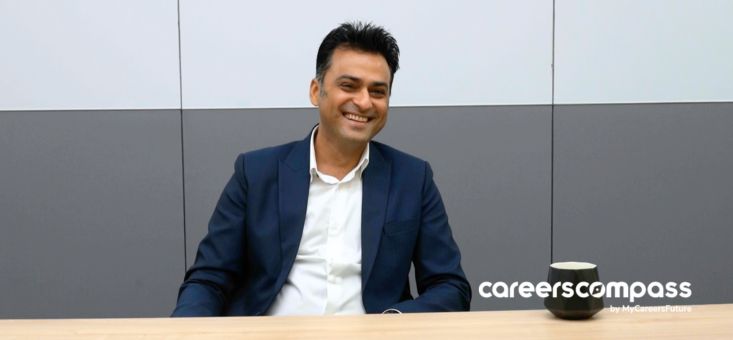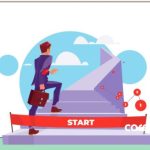Watch The Full Video Interview Here!
During his 18 years in the HR space, Vinay Dua has seen many changes in the market landscape. The biggest, of course, is how technology has advanced significantly, especially in the last four to five years, with the pandemic accelerating its growth.
“Because of that, there are new roles being created. Some of the existing roles were altered as well,” shared the managing director of Kareira Group Singapore. Operating in the HR sphere in European and Asian markets, Kareira Group in Singapore owns platforms like Jobscentral and BrightMinds.
“That’s why you will see there’s a constant emphasis on continuous learning and skill development. You will have to upskill yourself to keep abreast with the competition.”
And rightly so, because our workforce is also at its most diverse today with a larger pool of workers from across five generations. These generations comprise:
- The Traditionalists: Born between 1925 and 1945
- The Baby Boomers: Born between 1946 and 1964
- The Generation Xs: Born between 1965 and 1980
- The Millennials: Born between 1981 and 1995
- The Generation Zs: Born between 1996 and 2010
It’s no wonder there’s a call to upskill to keep up with the pace of the market. But that’s not the only thing that has changed. Having five generations in the marketplace now calls for a need to navigate a more diverse workforce.
There is now a clearer emphasis for diversity and inclusion in the job market. It has become crucial for everyone to embrace the various generations, because even the definition of diversity and inclusion has evolved.
Read Also: Intergenerational Teams: Why Employers Are Embracing Hiring From Different Age Spectrums
“If you ask somebody 10 years ago about DE&I (diversity, equity and inclusion), it was about gender diversity and gender inclusion,” Vinay said. “Eventually, it moved in diversity in colour, ethnicity, caste, creed and race.”
“Now, it has moved into diversity and inclusion across all generations, abilities, skillsets and opinions.”
He defined diversity as just being different, but it is inclusion that is trickier. It is how people with different backgrounds, opinions and skillsets and come together in companies to move together harmoniously in alignment towards the organisational goal. It is important, he said, to acknowledge the need for a diverse workforce because each generation brings different ideas, creativity and innovation necessary for growth.
Vinay went on to say that diversity is already being adapted by many organisations, because diversity and inclusion has also become a business need.
“If I want to create a TikTok channel to have more interaction with Gen-Z, I can’t even have a Millennial at the helm of it, let alone a Gen-X. Because if your target audience is Gen-Z, you need have your workforce to be Gen-Z to interact with them and understands them better. And that’s just one example,” he shared.
For more about how to succeed in today’s multigenerational workforce, watch the full video interview with Vinay Dua.















